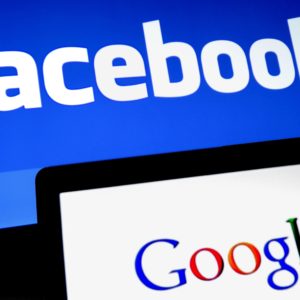The resumption of daily press briefings by the new White House Press Secretary, Jen Psaki, has brought back a welcomed routine of making the president’s chief spokesperson available for informational updates and responses to questions posed by various reporters in the press corps. Ms. Psaki typically holds these weekday sessions in the early afternoon and they can be viewed on a variety of websites.
With that scheduling constant now in place, it’s time for the Biden administration to devise a separate social media schedule for COVID-19 updates to help minimize the tsunami of misinformation about testing, PPE availability, mandated mask orders, vaccine supply, and actual vaccinations. These updates should be based on actual data and science, not on rumors or speculation. And when sufficient information is not yet forthcoming, we should be told why it has not been released and when it may be made public.
The United States, like the rest of the world, has entered into a phase of the pandemic termed a “dark winter” by President Biden when he campaigned last fall. With worsening numbers, we all are consumed with the rapid spread of COVID-19 and its variants, making necessary social media attention to public health assessments and forecasts especially critical in the coming weeks and months.
Unfortunately, COVID-19 information that is being received on social media is being filtered out by a pervasive level of distrust of news and information in general, and specifically distrust in government. According to the most recent Pew Research Center survey in this area, nearly seven in ten U.S. adults said made-up news and information greatly affects Americans’ confidence in government institutions. This is a dismal sign indeed.
With a new administration in place that has made COVID-19 our top national priority, it is especially timely for the federal government to assess its role as a public health messenger since digital trust will be a vital aspect of dealing with this crisis effectively.
The COVID-19 pandemic is taking place against a broad reality that the public health information being received — however evidence-based — must first penetrate a layer of public skepticism and cynicism about the messenger itself. This is counterproductive to preventive measures and to widespread vaccination as soon as possible, which is the surest way to achieve herd immunity in the general population.
Put simply, the message and messenger now require maximum coordination. Dr. Anthony Fauci’s new role as the President’s chief COVID-19 medical adviser, along with new CDC Director Dr. Rochelle Walensky, new Surgeon General Vivek Murthy, and White House COVID-19 Coordinator Jeff Zients, comprise an experienced frontline team. They can capably communicate what we need to know in bite-size chunks that help to eliminate the white noise of rumors, outdated information, and other misinformation.
But however authoritative, the flow of quality information also needs to be regularized so that social media users can expect when to receive it several times a day, perhaps at mid-morning, early afternoon, and early evening. With a three-times daily social media posting of timely, fact-based information, the American public can become conditioned to know when to expect updates, and encouraged to send these along to their own social media contacts as well.
This information should be stylized for social media, with links to other online resources, as needed. If the credibility of the government source can be established, and a daily schedule can alert us to these updates on our smartphones, the press also will be in a better position to ask hard questions for clarification at the White House press briefings.
The end result should be beneficial by bringing the American public into an essential communications loop that is informative, engaging, and an effective counterweight to the flood of COVID-19 misinformation that bombards our mobile screens as clickbait.
Scientific and logistical leadership is needed more than ever to fight COVID-19. So, too, is a measured communication approach that utilizes social media as a positive and proactive resource, rather than something that creates more confusion and anxiety with each passing day.


